Just 3–4 minutes of vigorous lifestyle bursts a day may cut cancer risk by up to 32 percent. Here’s how tiny spikes of intensity reshape metabolism and inflammation.
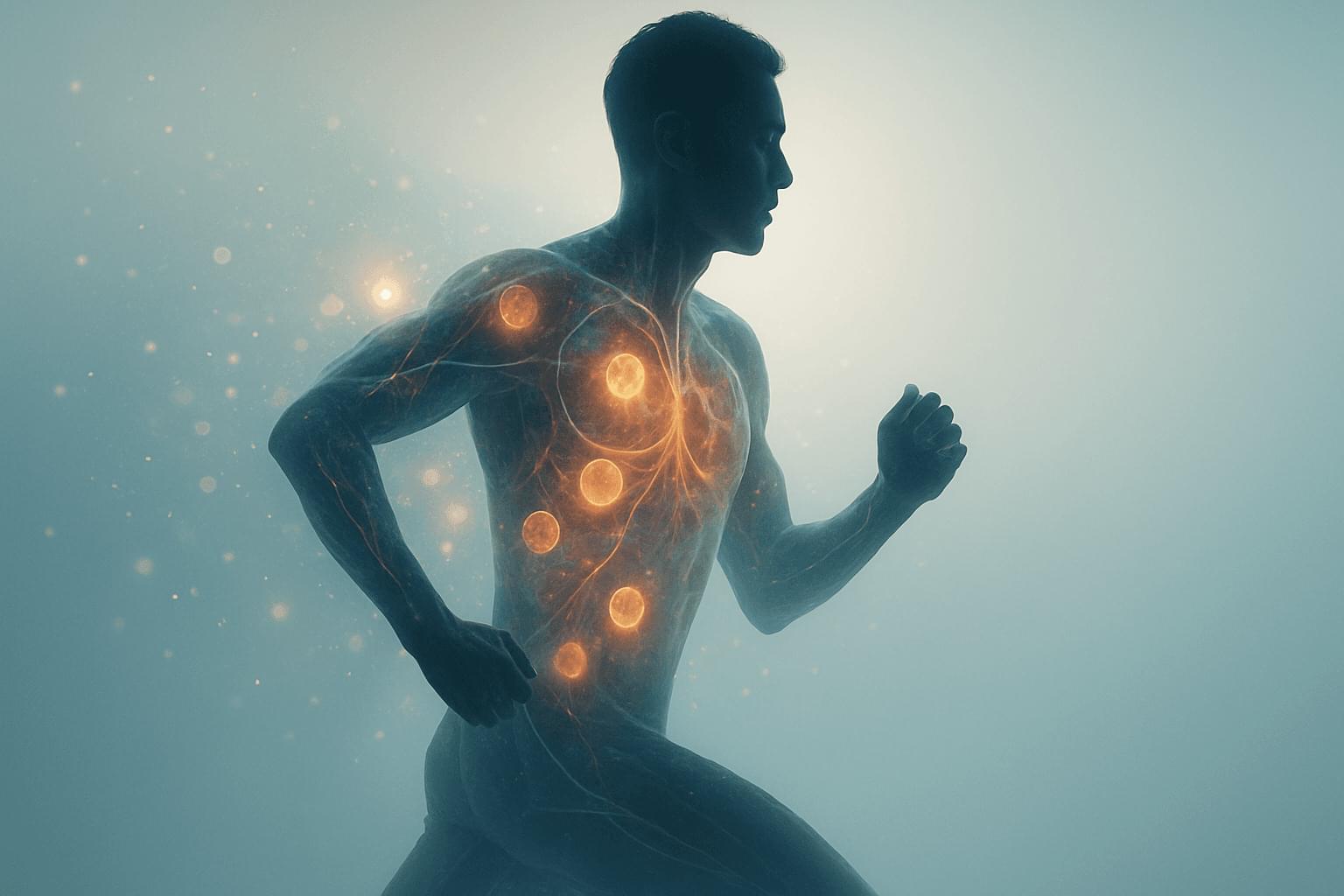

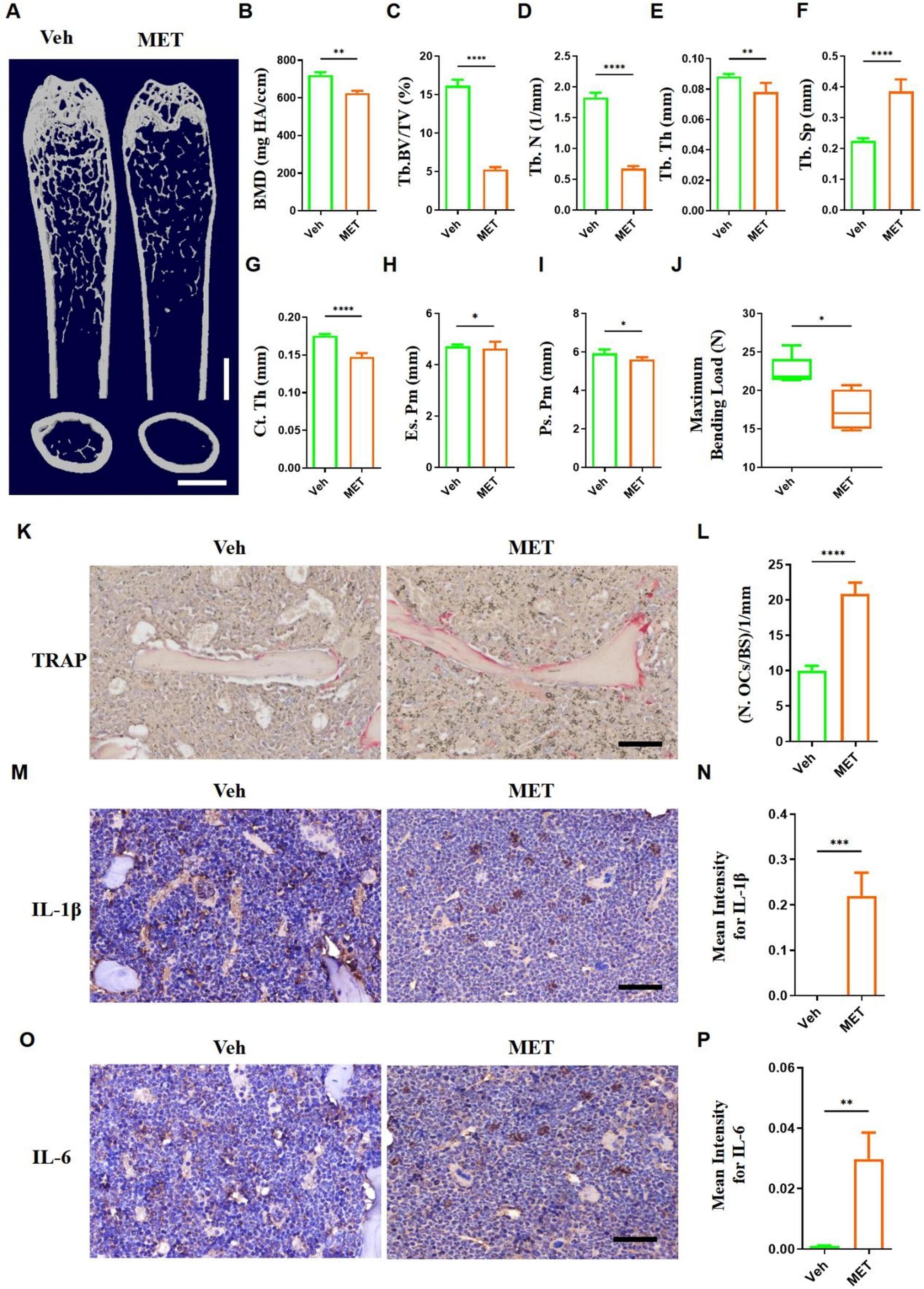
Osteoporosis (OP), characterized by low bone mass and altered bone microstructure, affects over 200 million people globally, resulting in annual medical costs of approximately 17.9 billion dollars in USA and 37 billion euro per year in Europe [1]. Primary OP is primarily attributed to aging and postmenopausal estrogen deficiency [2]. However, more than half of patients diagnosed with osteoporosis are also associated with risk factors for secondary osteoporosis [3]. Pharmacological interventions are a significant contributor to bone loss, particularly as such treatments are often unavoidable in many clinical scenarios. Antibiotics, among the most prescribed medications worldwide, have long been used as a potent defense against infectious agents. However, their use has steadily increased to a level that raises significant concerns [4]. In addition to fostering antibiotic resistance, which can lead to more challenging infections, prolonged antibiotic use has been implicated in the development of a variety of conditions, including asthma, allergies, obesity, and inflammatory bowel disease [5]. Previous studies have demonstrated the effects of antibiotics like penicillin and neomycin on gut microbiota and bone metabolism [6, 7], and others have reported that systemic use of multiple antibiotics increases pathogenic bacterial abundance and oral bone loss [8]. Nevertheless, the effects of different classes of antibiotics on bone metabolism and their underlying mechanisms remain poorly understood.
Notably, it has been increasingly recognized that broad-spectrum antibiotics exert a detrimental impact on the gut microbiota (GM), leading to reduced diversity, alterations in the metabolome, and disruption of gut defenses [9]. GM dysbiosis has emerged as a significant pathological mechanism in antibiotic-induced extraintestinal diseases. Recent studies have provided growing evidence that GM alterations can significantly influence bone metabolism, suggesting that the microbiota may represent a potential target for preventing bone loss [10]. Certain gut probiotics, such as Lactobacillus and Akkermansia muciniphila, have been shown to promote bone mass, while some pathogenic bacteria contribute to bone loss [11]. Consequently, it is essential to investigate whether and how GM dysbiosis mediates antibiotic-induced bone loss.
Metronidazole (MET), a widely used drug for the treatment of anaerobic infections, parasites, and certain bacterial infections, is one of the most commonly prescribed antibiotics in clinical practice [12]. MET is generally well tolerated, with reported side effects typically ranging from mild to moderate, including nausea, abdominal pain, and diarrhea [13]. Recent studies have highlighted the critical associations between MET use and gut dysbiosis. A systematic review summarizing 129 studies related to antibiotics and GM has showed that the longest duration of post-antibiotic alterations in GM was observed after treatment with MET plus clarithromycin [14]. Another study investigating the effects of different antibiotics on the human microbiome have identified that MET treatment is associated with consistent changes in GM [15].
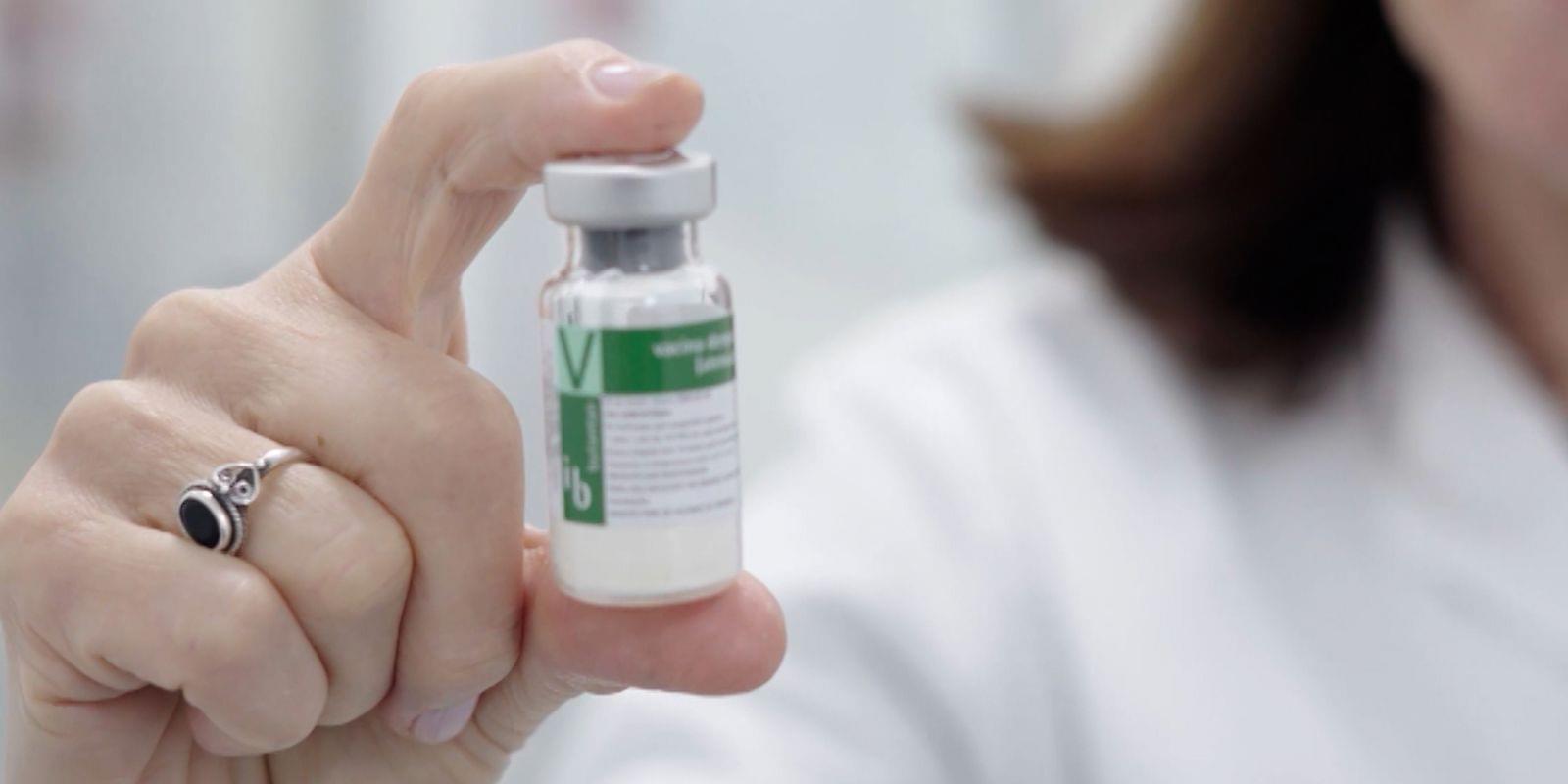
The Ministry of Health intends to begin administering doses in 2026, free of charge, through the SUS, the country’s national heal care network.
In a statement, Anvisa reported that the publication makes official the conclusion of the regulatory process and enables the production and sale of the vaccine, which will be offered exclusively through the public health system.
“The registration is a milestone in the fight against dengue in Brazil. The vaccine has undergone all the technical and regulatory stages required by health legislation, ensuring its safety, quality, and efficacy,” the text reads.

St. Hedwig Hospital and Charité–Universitätsmedizin Berlin researchers report that repeated mornings spent under dim indoor light in healthy young adults raised afternoon and evening cortisol and reshaped sleep in ways known from depressive illnesses.
Depressive disorders are often linked with hyperactivity of the hypothalamic–pituitary–adrenal axis, with cortisol levels that stay elevated into the afternoon and early evening instead of reaching their lowest levels, typical of early evening.
Sleep in depressive illness often carries its own fingerprint. Changes in REM sleep and a shift of slow wave sleep from the beginning of the night toward later phases have been described as biological markers of depression.
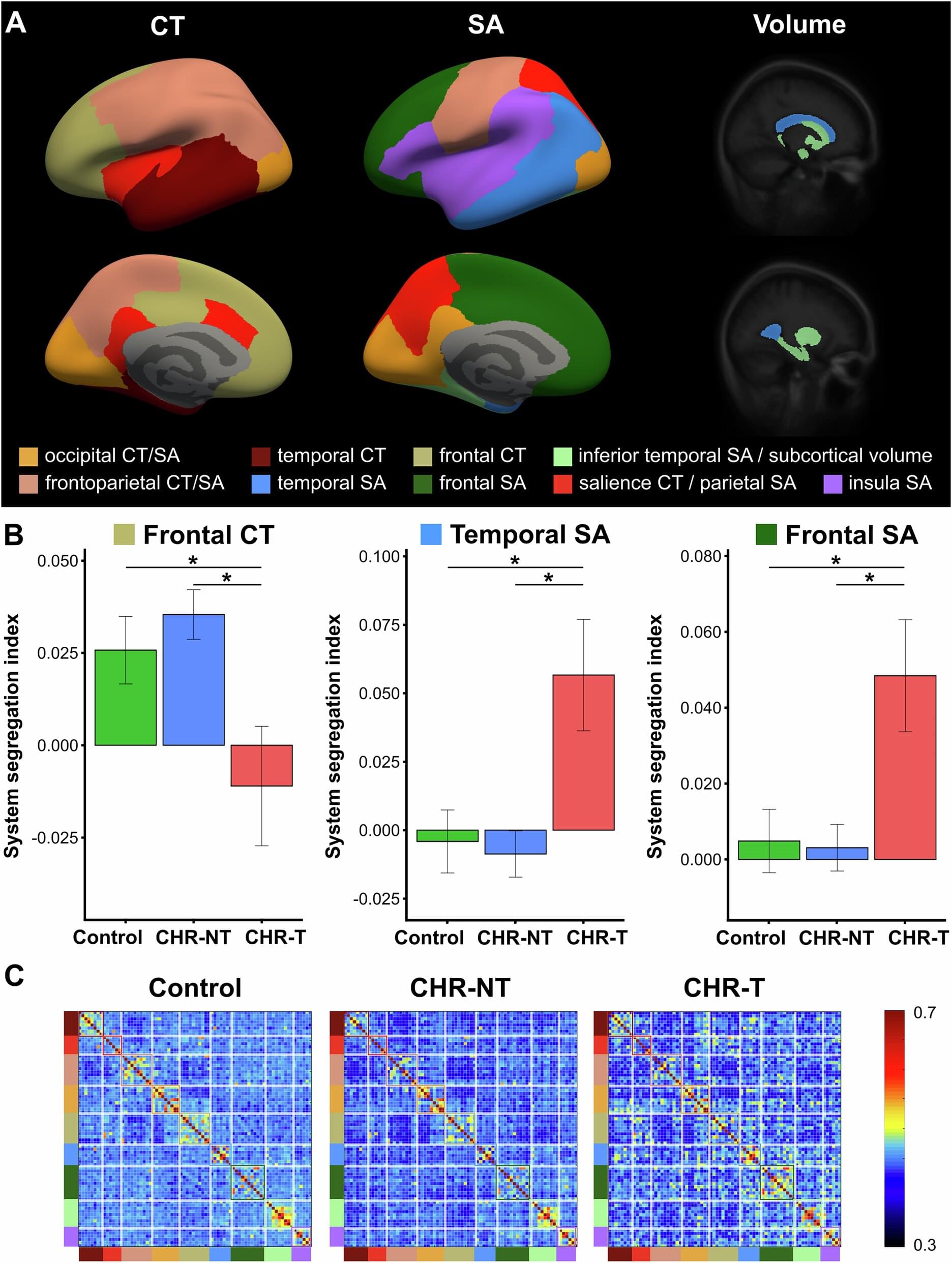
Researchers from the Yong Loo Lin School of Medicine, National University of Singapore (NUS Medicine), and NHG Health’s Institute of Mental Health (IMH) have mapped how brain networks differ in individuals at Clinical High Risk (CHR) for psychosis, providing a new perspective on the mechanisms underlying the disease onset.
Published in Molecular Psychiatry, the study utilized advanced neuroimaging methods to identify early, network-level changes in more than 3,000 individuals at varying levels of risk.
The study—led by Dr. Siwei Liu, Senior Research Scientist, and Associate Professor Juan Helen Zhou, Director, both at the Center for Translational Magnetic Resonance Research (TMR), NUS Medicine, and in collaboration with Associate Professor Jimmy Lee, Senior Consultant Psychiatrist and Clinician-Scientist at IMH—sought to determine how brain networks can reveal signs in young individuals with heightened clinical risk of developing psychosis.
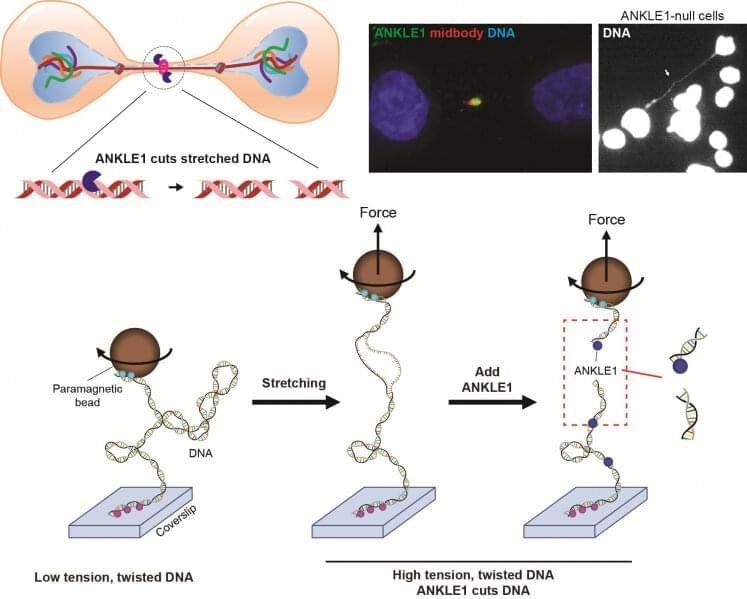
An international research team has identified a human protein, ANKLE1, as the first DNA-cutting enzyme (nuclease) in mammals capable of detecting and responding to physical tension in DNA. This “tension-sensing” mechanism plays a vital role in maintaining genetic integrity during cell division—a process that, when disrupted, can lead to cancer and other serious diseases.
The study, titled “ANKLE1 processes chromatin bridges by cleaving mechanically stressed DNA,” published in Nature Communications, represents a major advance in the understanding of cellular DNA protection.
The research was conducted through a cross-disciplinary collaboration between Professor Gary Ying Wai Chan’s laboratory at the School of Biological Sciences, The University of Hong Kong (HKU) and Dr. Artem Efremov’s biophysics team at Shenzhen Bay Laboratory (SZBL), with additional contributions from researchers at the Hong Kong University of Science and Technology (HKUST) and the Francis Crick Institute in London.



Dopamine neurons in a part of the brain called the midbrain may, with aging, be increasingly susceptible to a vicious spiral of decline driven by fuel shortages, according to a study led by Weill Cornell Medicine investigators. The findings offer a potential explanation for the degeneration of this neuron population in Parkinson’s disease.
In the study, published Dec. 5 in the Proceedings of the National Academy of Sciences, the scientists examined how midbrain dopamine neurons, which have unusually numerous output branches, handle their high energy requirements. They showed that these neurons under normal conditions create a fuel reserve in the form of clusters of glucose molecules called glycogen. This allows the neurons to keep working for a surprisingly long time even when their usual supply of glucose from the blood is interrupted. However, the researchers also discovered that the neurons regulate their glycogen storage in a way that can leave them highly vulnerable to glucose shortages, especially as their functions begin to decline with aging.
“This vulnerability may explain the deaths of these midbrain neurons in Parkinson’s and is consistent with the idea that energy insufficiency is a common failure mode in neurological disorders,” said study senior author Timothy Ryan, the Tri-Institutional Professor of Biochemistry and Biophysics and a professor of biochemistry in anesthesiology at Weill Cornell Medicine.

I hope this message finds you well. My name is Nick, and I am writing to you in the spirit of openness and honesty. In 2025 I underwent emergency medical treatment for a skull tumor, and after initial interventions failed I received CAR T-cell therapy at City of Hope Cancer Centers in California. This journey along with the rest of the year has been one of the most challenging years of my life.
Because of cancer treatments and multiple hardships throughout the year, medical bills, recovery needs, a car accident, and not allowed to return to work yet, I established a GoFundMe campaign to help cover necessary expenses and give myself a chance at recovery and Here’s the link to the campaign:
I understand Lifeboat core values and mission is towards making the world a better place and after years of growing with this community, which is why I believe that human life, is a part of what makes our future worth safeguarding.
I’m reaching out because we all have our own personal humanitarian crisis and unfortunate this year is mine. I appreciate any support, be it words of encouragement or donating to my campaign is all deeply appreciated. Thank you for letting me a part of this community. The link is posted in a comment.
A special THANK YOU to Eric Klien for being supportive and donating.